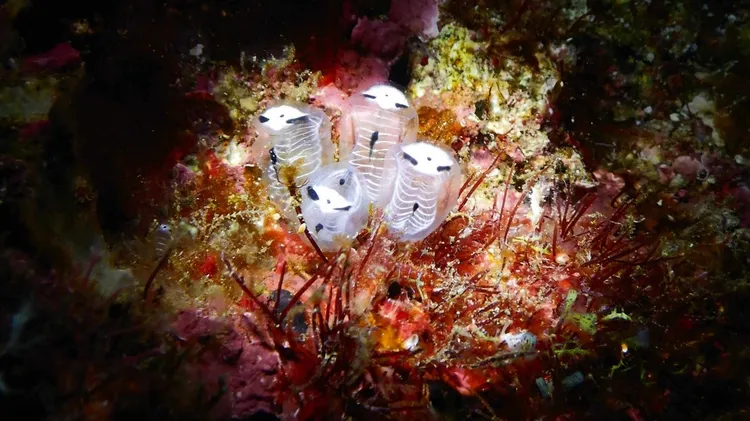An aquatic predator that employs odd appendages and clever tactics to disarm it
Troubled water
2 min read
This article is from...
Read this article and 8000+ more magazines and newspapers on Readly






